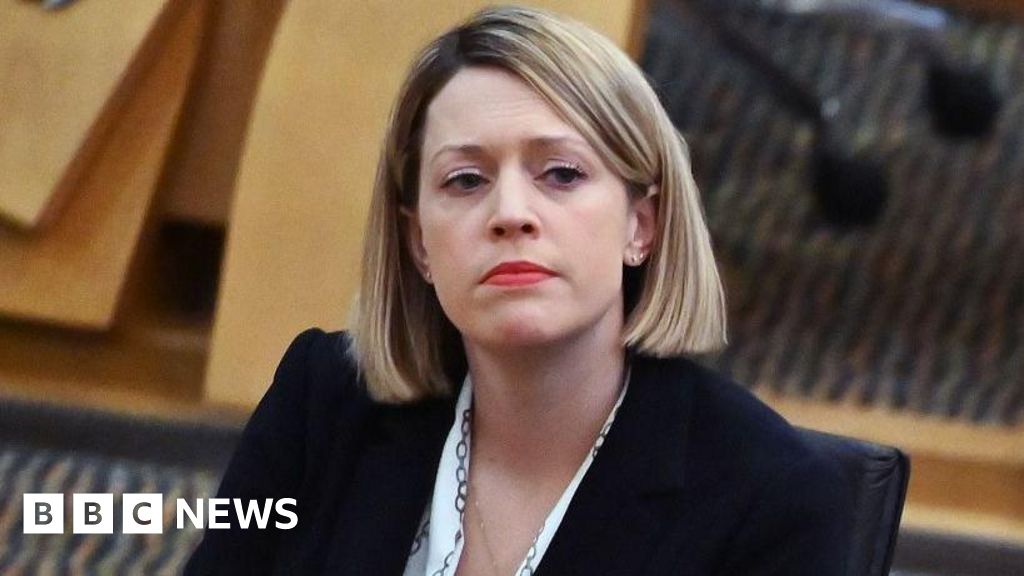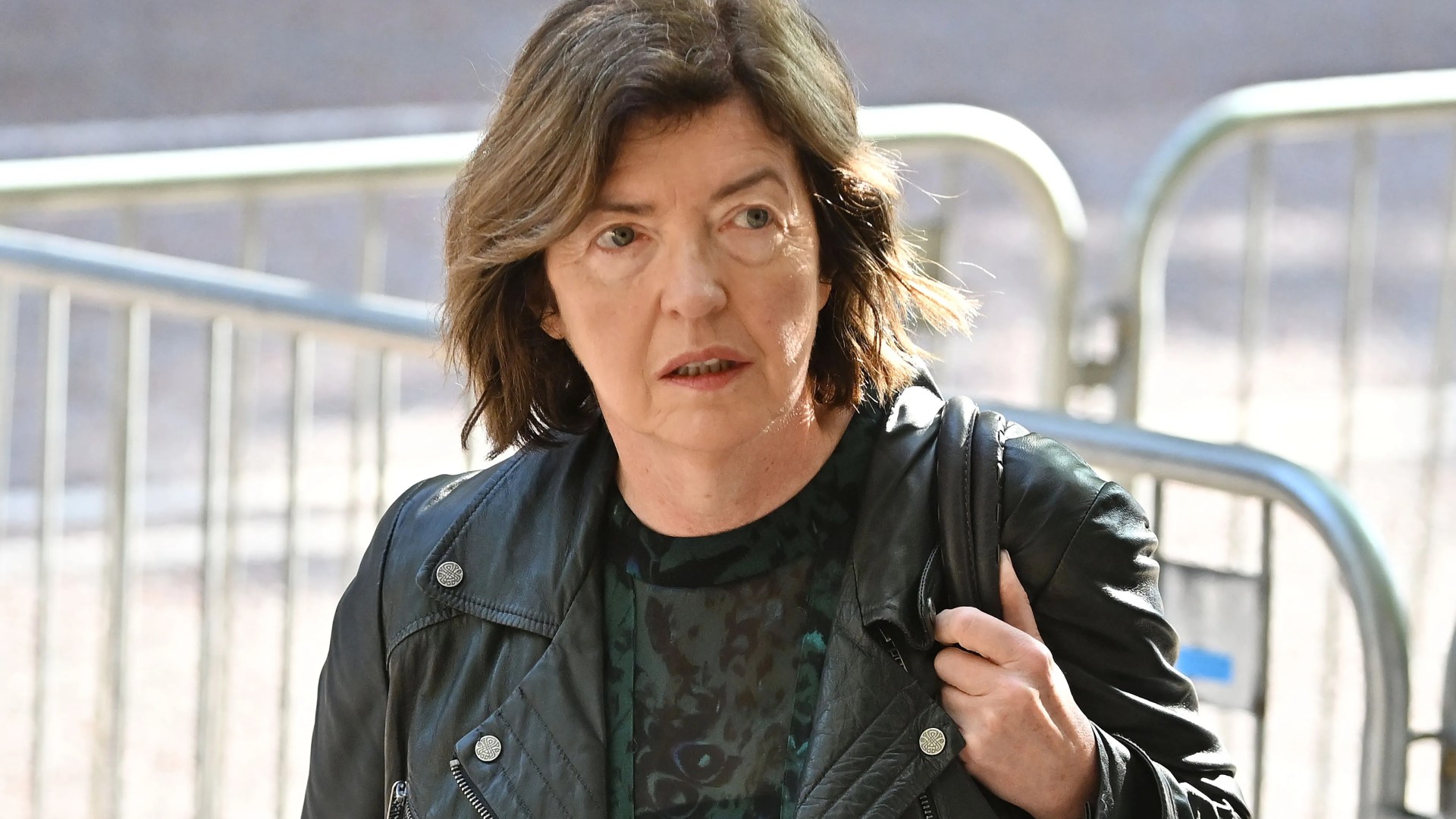2.5K
By Mischa Geracoulis
In How to Interpret the Constitution (2023), Harvard law professor Cass Sunstein argues that any theory of constitutional interpretation used by Supreme Court justices must be defensible in terms of beneficial outcomes, to make democracy “better.” Better is subjective, though. Considering the current Supreme Court, “better” begs the obvious question, “Better for whom?”
Highlighting the fact that this Supreme Court interprets the Constitution through old-fashioned theoretical frames known as traditionalism and originalism, Sunstein emphasizes “the uncomfortable overlap between the views of the majority of the Supreme Court and the views of the right wing of the Republican Party.” Although Sunstein does not specify a best theoretical approach, citing We the People, he promotes a belief that constitutional interpretation should be predicated on the fundamentals of deliberative democracy—that is, the school of thought which alleges that reasonable and justifiable deliberation can secure the public good.
Thinking about reasonableness and justifiability with regards to just two of the decisions made by this Supreme Court—the ditching of Roe v. Wade and championing of Citizens United v. Federal Election Commission (the right for corporations to spend unlimited funds for or against political campaigns and parties)—gives pause to any consideration of guidelines for bettering democracy and securing the public good. Such decisions also give pause for reflection on notions of considered debate within the Supreme Court if the majority is of the same mind—and, I might add, the same donor base. As previously covered by Project Censored, reporting from Accountable US details how dark money has been used to construct this Supreme Court to advantage Republicans, and far-right, corporate agendas.
These two rulings alone have accelerated inequality of wealth, resources and power, racial and gender biases, and divisive and extreme tactics in US politics. Reproductive rights revocation puts women, particularly those at the lower end of the economic spectrum, under greater financial and medical duress, and legal and moral scrutiny. Corporations and their super PACs, on the other hand, have been given free rein through the shroud of dark money to fund hand-selected political candidates and politicians amenable to their plans. In the words of Rhode Island Senator, Sheldon Whitehouse, “a band of right-wing billionaires has its hooks deep in [US] government,” casting doubt on the court’s reasonability and justification concerning democracy and the common good.
Sunstein writes that judges must seek “reflective equilibrium,” that consequences of decisions must be thoroughly understood, and if a potential decision could lead to discrimination, favoritism, or other harms, it should automatically be ruled out. Assuming that these judges are abiding by the requirement to consider how to make our constitutional order “better,” then even the broadest application of reflective equilibrium would flag court decisions such as these as failing to achieve what Sunstein describes as “necessary coherence.”
Given the apparent incoherence, contradictions, and hypocrisies in today’s political and legal systems, Sunstein provides the technical particulars needed to analyze the current Court’s use of traditionalism and originalism to backpedal on civil rights. The two theories are similar in that they are backward-looking and prize colonial-era traditions that are all but irrelevant to contemporary life. Unsurprisingly, reading the Constitution through the lenses of traditionalism and originalism makes it impossible to find provisions or protections for reproductive rights; and so, this Court concluded a “rational basis” for revoking abortion rights. Despite the precedent established by Roe, the Court’s majority invoked traditionalism and originalism to gut Roe.
Sunstein concedes to the fact that abortion is not spelled out in the Constitution but contends that neither is a whole host of rights that we take for granted. He is uneasy about the Court’s display of widening interest in constitutional traditionalism. Would rights such as education or one-person-one-vote come under fire as reproductive rights have? Could this Court seek to narrow the concept of freedom of speech, reeling it back to 1868 or 1789 traditions? What about protections around concepts like race or sex discrimination? Sunstein argues that if we are “comfortable with our First Amendment rights or the Equal Protection Clause,” or, say, sexual privacy, then permitting the Supreme Court to wield antiquated traditions as the best guide to modern life does not square with democracy.
At this stage in the Supreme Court, discussions of traditionalism and originalism must spotlight Leonard Leo, the staunchest supporter of originalism and traditionalism, who, ProPublica reports, is the hidden architect of today’s majority-conservative Supreme Court. Sunstein’s book makes no mention of Leonard Leo, but as a George Mason University alumna, I would be remiss in allowing Leo to linger in the shadows.
ProPublica has illuminated how, as an adviser to Donald Trump, Leo provided the then-presidential candidate and later president with lists of conservative justices and strategies to pack the Supreme Court that we have today. Leo is responsible for the appointments of Neil Gorsuch, Brett Kavanaugh, Amy Coney Barrett, Clarence Thomas, John Roberts, and Samuel Alito. For decades, Leo has operationalized his network of opaque nonprofits and dark money groups to promote the dismantling of affirmative action, implement undue voter identification requirements, roll back anti-discrimination protections and, of course, revoke Roe. As if these civil rights repeals are not enough, Leo (and others) have a stealth history of tampering with university administrations and inculcating faculty and staff in the conservative right agenda. Project Censored has previously covered right-wing-dark-money that sought legislation to curb campus free speech, and a 2023 report by the American Association of University Professors illuminates myriad other ways that right-wing-dark-money seeks to undermine academic freedoms more broadly.
The ProPublica report reveals Leo’s lengths to solicit relationships with judges, arranging private jet trips and shared vacations, brokering speaking engagements, and more. “To pay for all of this, Leo became one of the most prolific fundraisers in [US] politics. Between 2014 and 2020, tax records show…more than $600 million [from] donors including Paul Singer, Harlan Crow, and the Koch family.” These examples are a mere surface scratch at Leo’s double dealings in US political and legal systems. To grasp the full force of Leo’s exploits to resurrect so-called “natural order” and “traditional values” (justified through his ultra-conservative version of Catholicism) to the highest law of the land, politics and culture, ProPublica’s extensive investigative reporting is recommended reading.
As to Leo’s role at George Mason University and why this is alarming, owing to a concerted group of student activists and professors and to information uncovered through the deployment of the Freedom of Information Act, Leo’s behind-the-scenes commandeering of the university’s law school and economics department was made public. Prior to their Supreme Court appointments, justices Gorsuch and Kavanaugh taught constitutional law at George Mason University’s Scalia Law School (renamed as such in 2016 in accordance with Leo’s ideologically funded dictates and allegiance with conservative justice Antonin Scalia). Activists and FOIA helped to expose Leo’s collaboration with Koch Industries and the latter’s funding of the Mercatus Center, a conservative think tank situated within the university’s economics department, with strong ties to the former Trump administration, also responsible for producing climate denial “science” to influence conservative state and federal lawmakers. In its 2019 yearbook, Project Censored featured a story by former George Mason University student Samantha Parsons who wrote about the undue academic control that the Koch family exerted through conditional funding to the university for the purpose of advancing conservative ideology and corporate wealth.
It should be duly noted that Leo’s involvement in Washington, DC, area universities does not stop at George Mason University. Considering the pipeline running from the capital region’s universities to the courts and Congress, additional reporting sheds light on Leo’s purchase of favors and of faculty, political, and court appointments. George Mason University professor Beth Letiecq warns of Leo’s and Koch’s capture of law schools and economics departments to serve their own political agendas. According to Slate, more than $50 million of Koch funding “transformed GMU into the nation’s nerve center for libertarian-conservative law and policy.” Leo’s and Koch’s overreach into faculty decisions and upending of academic freedoms at George Mason University should serve as a “cautionary tale” for other universities, advised Letiecq. Washington’s Catholic University of America’s Columbus School of Law has similarly received monetary incentives from Leo. In a video produced by Catholic University, Leo is on camera claiming that the law school’s “Project on Constitutional Originalism and the Catholic Intellectual Tradition will foster within the broader citizenry a greater appreciation for the way in which those structural limits on government power contained in our constitution really protect and preserve the dignity and worth of the human person.” One question that springs to mind is, Who, by Leo’s calculus, befits the title “human person”?
Reporter John Gehring quoted Isaac Kamola, professor of political science at Trinity College and author of Free Speech and Koch Money: Manufacturing a Campus Culture War (2021), in a December 2022 article for the National Catholic Reporter: “Leo and the Koch network know that political ideas get legitimized in higher education, so they have a sophisticated funding strategy for creating academic centers, influencing law schools and producing these ideologies and legal theories that are then used to justify policies like deregulation of corporations and denying climate science.” Let that sink in.
Rhode Island Senator Sheldon Whitehouse has argued, “It defies reason that the branch of the federal government [the judiciary] with the least direct accountability to the public is not subject to even the most basic lobbying disclosures. The current system is a recipe for corruption of the judiciary.” As reported in an October 2023 Washington Post piece, Senate Democrats are working to subpoena information from Harlan Crow, a close friend and benefactor of Justice Clarence Thomas, to ascertain the full extent of Crow’s gifts to Thomas, and from Leonard Leo for underwriting and organizing lavish travel and luxury gifts for Supreme Court justices. For a rundown on just some of those gifts, see the list published by the Washington Post, or this list by End Citizens United. ProPublica insists that Leo is too entrenched in the courts, legislation, politics, finances, and higher education to be ignored. Echoing that sentiment, stated Kamola to Gehrig, “Leo is fully integrated within a political infrastructure that seeks to radically transform the laws, the lawyers that litigate them, and the judges that interpret them.”
The between-the-lines takeaway from Sunstein’s book is that constitutional interpretation is highly susceptible to politics and money. Observing the majority-conservative Supreme Court and its ties to right-wing politics and dark money, its predilection for Christian nationalism, and subscription to what the Court’s majority perceives to be “natural order,” Sunstein stresses the importance of the Constitution’s founders’ belief in a deliberative democracy that places “a high premium on accountability.” He also emphasizes that the founders advocated for an “anti-caste principle” to prevent any formation of second-class citizens. How then does this Supreme Court justify its favoritism of billionaires or right-wing Christians not to mention the socioeconomic divisions promoted by those biases? Perhaps another way to ponder this is to analyze whether this Court is capable of honoring its oath to the Constitution, or if it’s more concerned with imposing a conservative belief system on the rest of the nation.
Sunstein’s book, disappointingly, offers no prescription for recourse. However, Ramesh Ponnuru (and others) posit changing the Constitution to impose term limits on Supreme Court justices. Ponnuru presumes that the founders never conceived of today’s lifespans, and proposes several possible, albeit time-consuming, scenarios to implement that change. Perhaps in the future, suggestions put forth by the American Constitution Society (ACS) may lend practical tips for what We the People can do. Beginning with judicial nominations for both state and federal courts, citizens can contact Senators’ offices, co-host events with local ACS chapters, write op-eds in local papers (if your community still has one!), and utilize social media to generate more public awareness around judicial nominations and the funds concealed behind them. Citizens can advocate for transparency in politics and government—something inherent to the functioning of the First Amendment by way of the public’s right to know and checks against corruption.
In an op-ed for Project Censored, Nolan Higdon and Mickey Huff reference the wisdom of historian and activist Howard Zinn (1922-2010), reiterating that “change only occurs through sustained protest and agitation from the citizenry.” Their piece, titled “Did Dobbs Help the Left Rediscover How Political Change is Made?” discusses how after Roe v. Wade was reversed, sustained mass protests resulted in President Biden’s issuance of an executive order directing various federal agencies to take protective measures for access to medical abortion, contraception, and emergency care. Even though the order has limitations, citizen action jolted the president from inaction. Higdon and Huff argue that citizen mobilization could pressure the president to take other actions, such as implementing court reforms or ending the filibuster, campaign financing, or student loan debt.
While Leonard Leo and his cronies strive to surreptitiously purchase justices, legislators, and university faculty to get their way, the Supreme Court’s institutional legitimacy is fast eroding. It is indeed difficult to have faith that a debased Court, whose majority appears to be mired in groupthink, will protect our constitutional, civil, or human rights, or that it will make democracy “better” and secure the public good. For democracy to work, it should go without saying that a fair, unbiased, uncompromised judiciary branch is a bare minimum. Yet, We the People tend to pay little attention to the Supreme Court until a major decision like Roe hits the headlines. Sunstein asked if the First Amendment could be next on the Court’s chopping block. For now, the public still has the right to know and to hold the government to account. What we do with that right may well determine not only the next US president but the fate of democracy.









































































































































You must be logged in to post a comment Login